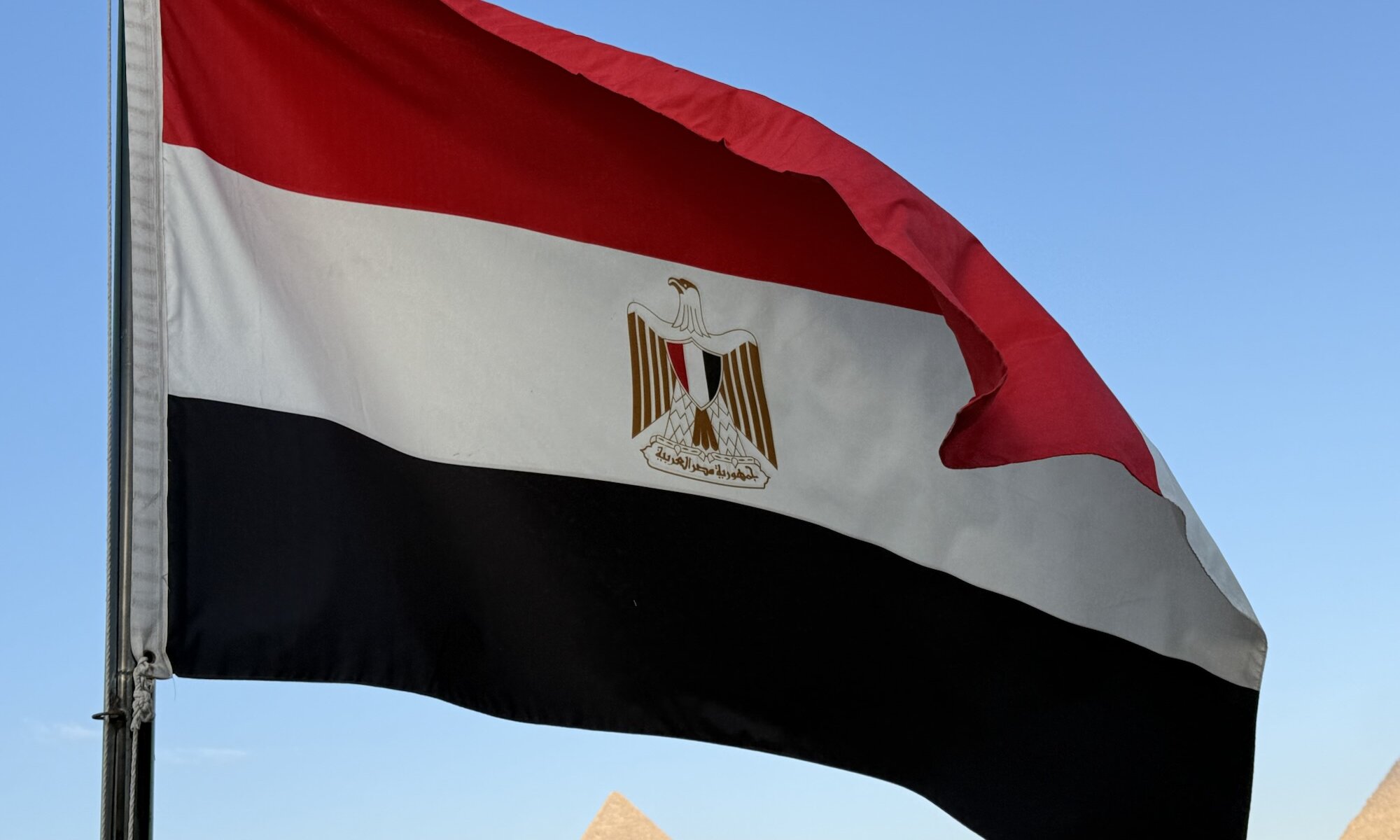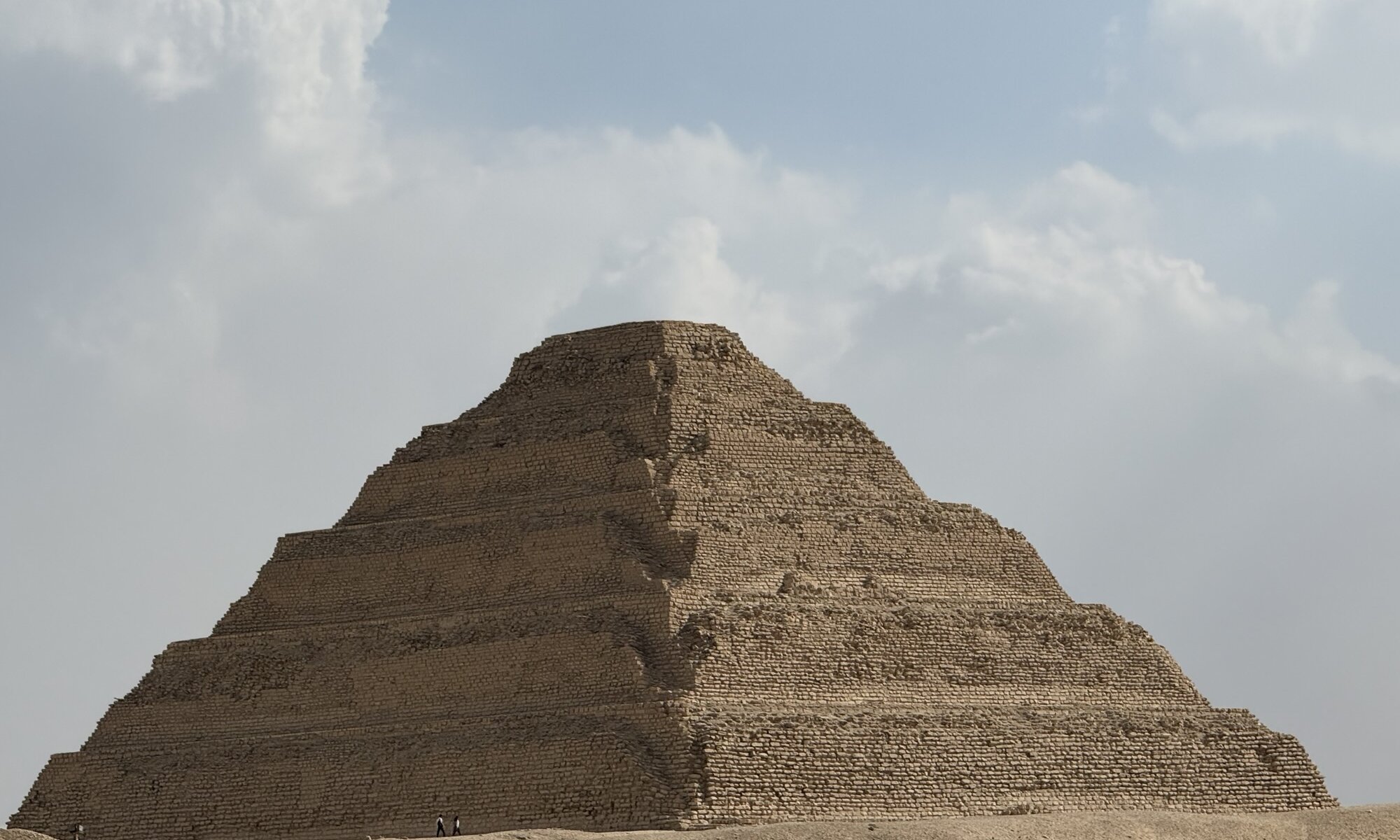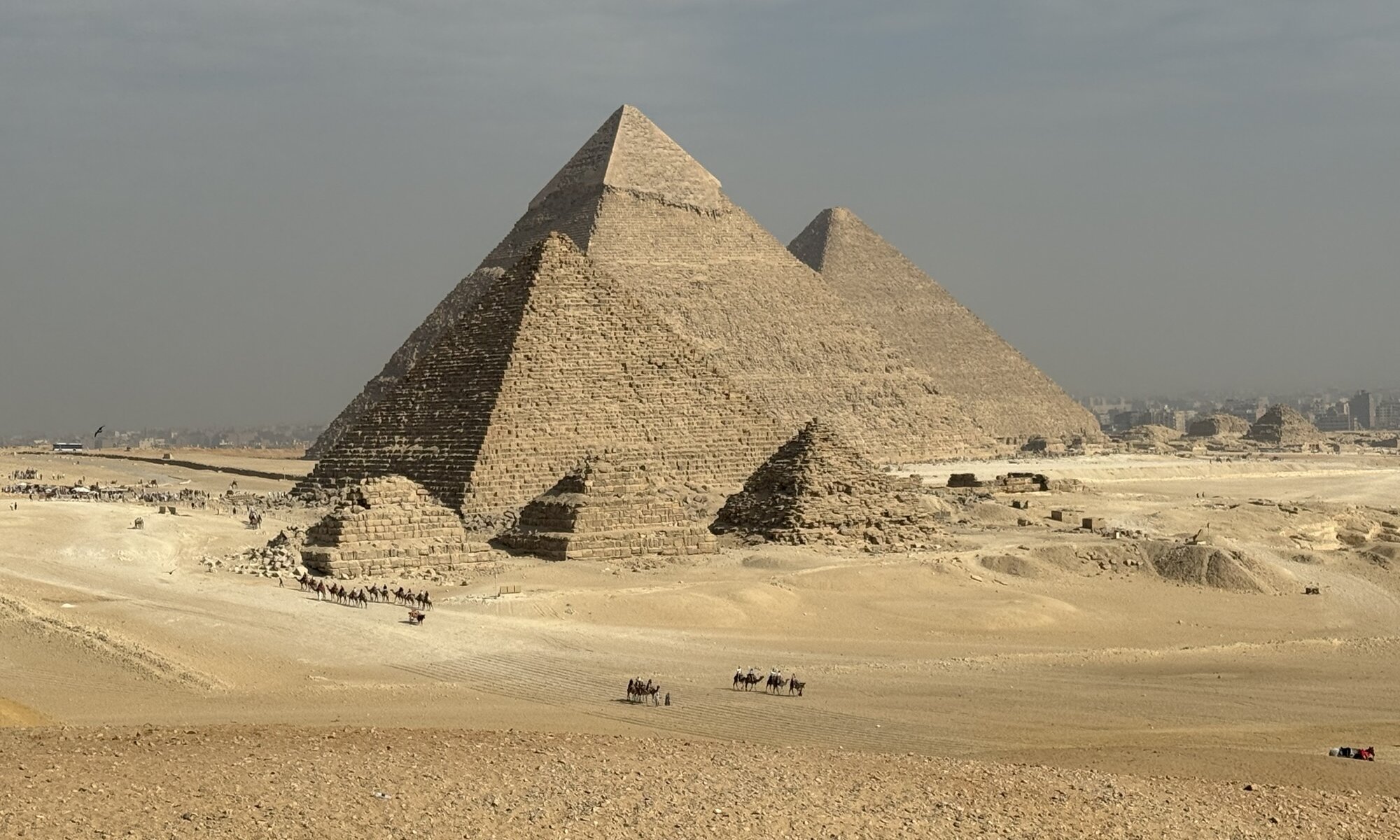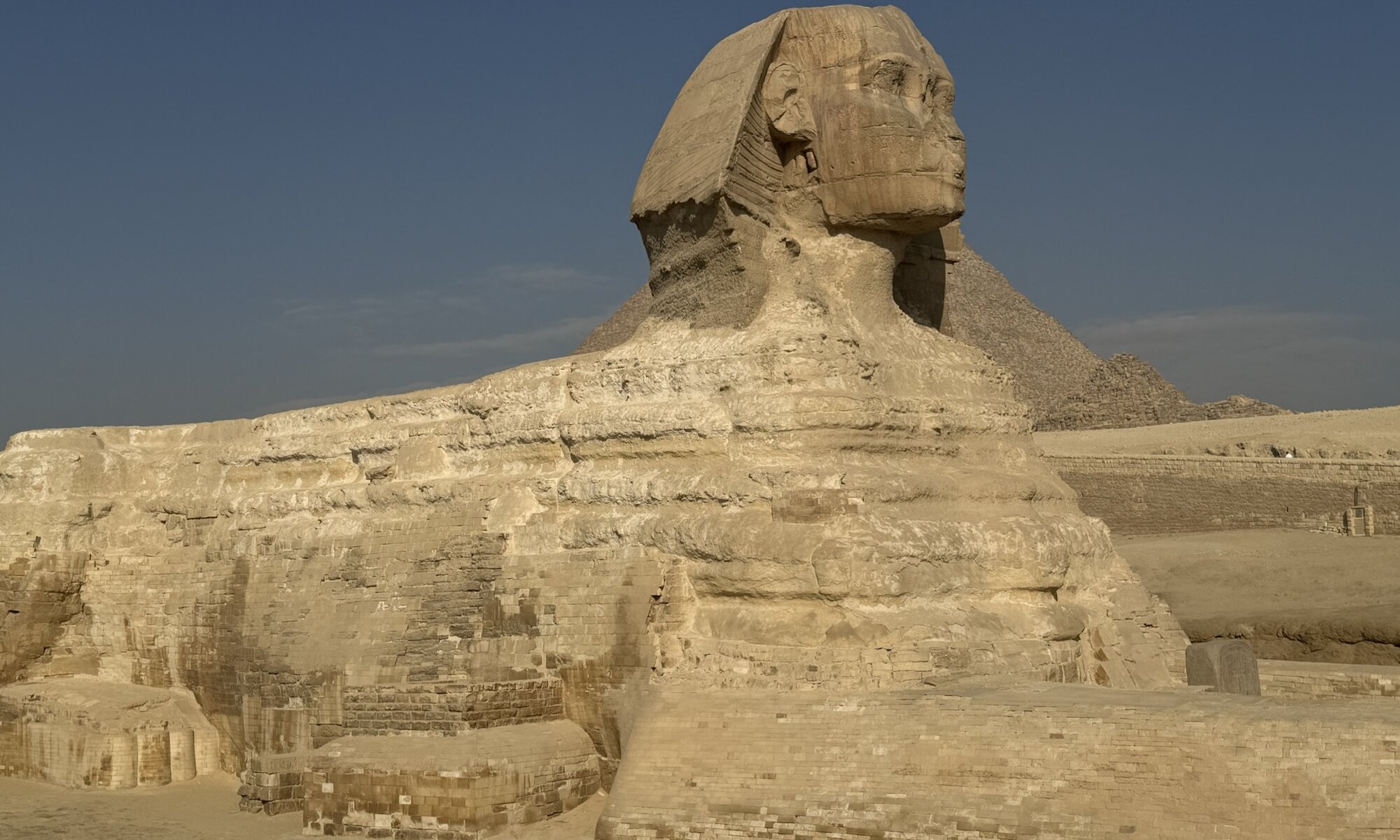Egypt stands as one of the world’s most fascinating destinations, carrying the weight of millennia within its sands and monuments. Often called the cradle of civilisation, it was home to powerful dynasties whose architectural and cultural feats shaped history. From the time of the ancient Pharaohs through the Greek and Roman periods, Egypt maintained a central role in trade, religion, and scholarship. Even in later centuries under Islamic rule, its cities flourished with vibrant learning centres, mosques, and bustling markets. The blend of these eras is still visible today, layered into the landscapes along the Nile.
Continue reading “Miṣr”Djoser
The Step Pyramid of Djoser, located in the Saqqara necropolis near ancient Memphis, stands as the earliest colossal stone building in Egypt and represents a pivotal moment in architectural history. Constructed during the 27th century BCE, in the Third Dynasty, it was commissioned as the tomb for Pharaoh Djoser. Designed by the renowned architect and ancient polymath Imhotep, this pyramid marks the transition from traditional mastaba tombs to the revolutionary step pyramid design, featuring six distinct tiers that rise about 62 metres high. The structure was originally clad in polished white limestone, intended to stand gleaming under the Egyptian sun, and its base aligned roughly with the four cardinal points.
Continue reading “Djoser”The Pyramids
The Pyramids of Giza, standing on the edge of the western desert near القاهرة, are the enduring symbols of ancient Egypt’s grandeur. Constructed during the Fourth Dynasty around 2600 to 2500 BC, these monumental tombs were built for Pharaohs Khufu, Khafre, and Menkaure, known in Greek as Cheops, Chephren, and Mykerinos. The Great Pyramid of Khufu was the earliest and largest, originally standing at about 146 metres and built from more than two million limestone blocks. Nearby, the smaller pyramids of Khafre and Menkaure followed, forming a remarkable necropolis that reflected not only royal power but also the Egyptians’ refined mastery of architectural engineering and celestial alignment.
Continue reading “The Pyramids”Great Sphinx
The Great Sphinx of Giza, one of Egypt’s defining symbols, is believed to have been built during the reign of Pharaoh Khafre around 2500 BC. Carved directly from the limestone bedrock of the Giza Plateau, it bears the head of a pharaoh and the body of a lion, symbolising royal power and divine protection. Scholars associate the monument with Khafre’s pyramid complex, since the Sphinx faces his pyramid and shares architectural similarities with nearby temples. Some have speculated it could depict an earlier ruler such as Khufu or Djedefre, but no definitive inscriptions have ever confirmed its maker. Its original Egyptian name, Hor-em-Akhet, meant ‚Horus of the Horizon‘, a fitting symbol for its gaze towards the rising sun across the desert sands.
Continue reading “Great Sphinx”



